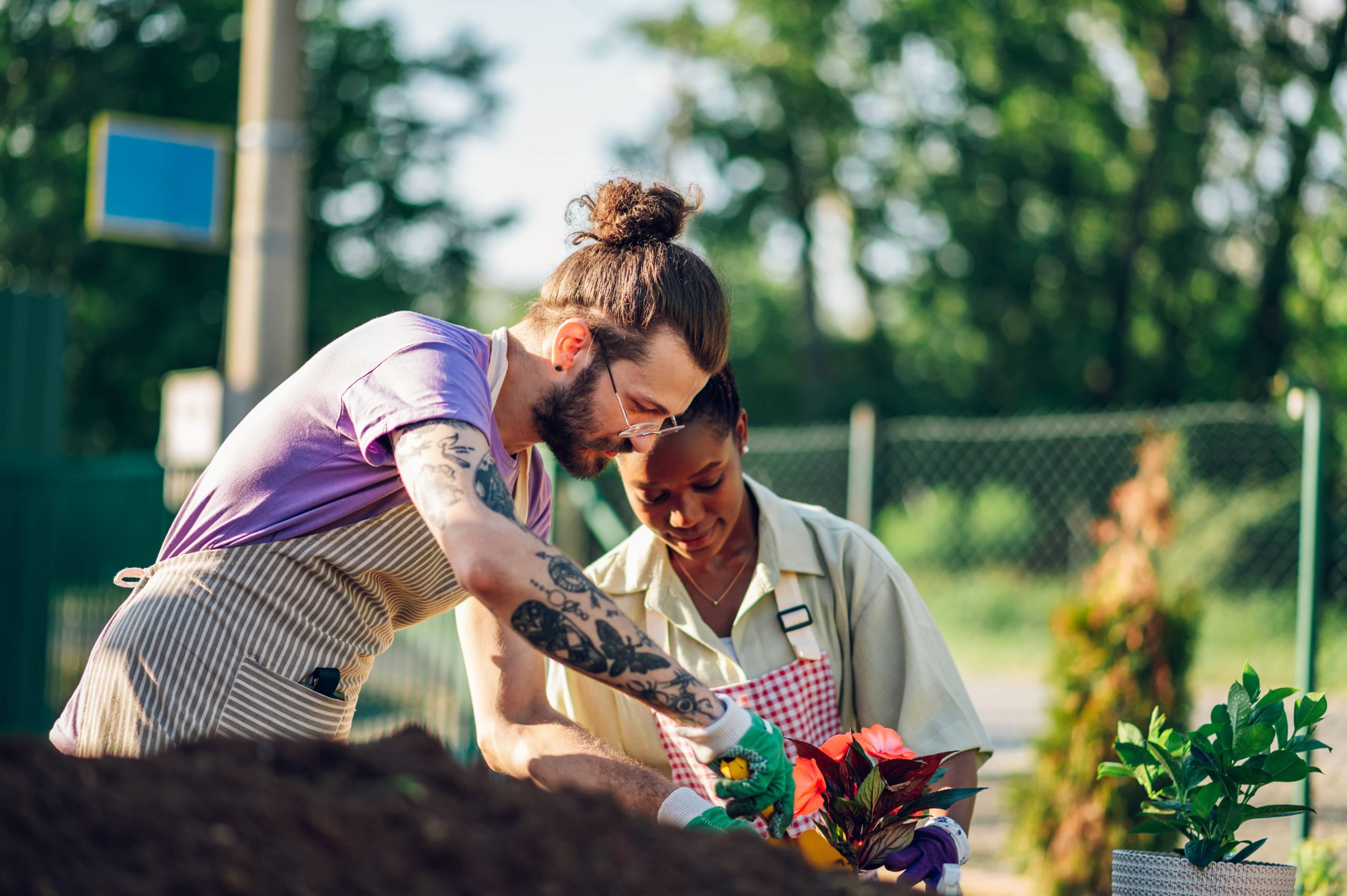
If you’ve ever plucked a sun-warmed apple directly from the tree or savored a juicy plum from your backyard, you know the unparalleled joy and satisfaction that growing your own fruit trees can bring. Not only do fruit trees enhance the aesthetic appeal of your garden with their seasonal blossoms, but they also offer the opportunity to harvest fresh, organic fruits while cultivating a deeper connection with nature. Whether you’re a seasoned gardener or a novice enthusiast, adding fruit trees to your garden promises rewards for years to come.
Why Grow Fruit Trees?
Growing fruit trees is becoming increasingly popular for numerous reasons. Here are a few compelling benefits:
1. Freshness and Flavor: The quality of homegrown fruits often surpasses supermarket varieties in terms of flavor and nutrient content, as you control the growing conditions.
2. Sustainability: Cultivating your own produce translates to fewer trips to the store and reduces the demand for commercially grown fruits, which often require extensive resources for transportation and storage.
3. Biodiversity: Home gardening encourages biodiversity, attracting pollinators such as bees and butterflies that benefit the ecosystem.
4. Well-being: Gardening is a healthy outdoor activity that can improve mental and physical well-being, offering a productive way to relieve stress.
5. Economical: While there are initial costs involved, fruit trees can be a cost-effective source of organic fruits in the long run.
Choosing the Right Fruit Trees
The key to successful fruit tree planting lies in selecting species and varieties that suit your local climate and soil type. Here are a few considerations:
– Climate Compatibility: Some fruit trees are better suited to certain climates. For example, citrus trees thrive in warmer environments, while apples and cherries do well in colder climates. Research your region’s growing conditions before selecting fruit trees.
– Space Requirements: Consider the mature size of the tree. Dwarf and semi-dwarf varieties are excellent for smaller gardens, while standard-sized trees require more space for growth.
– Pollination: Some fruit trees, like apple trees, may require cross-pollination with another compatible variety to set fruit. Be sure to purchase an adequate number of trees or choose self-pollinating types.
– Soil Quality: Perform a soil test to determine pH and nutrient levels, adjust the soil composition accordingly, and ensure proper drainage to accommodate your fruit trees’ needs.
Planting Your Fruit Trees
Once you’ve selected your trees, it’s time to plant them correctly:
– Timing: Ideally, plant fruit trees in early spring or late winter while they are dormant. This reduces the stress of transplanting and gives the trees time to establish roots before the growing season begins.
– Site Preparation: Choose a sunny location with good airflow and well-drained soil. Clear the area of weeds and debris, and dig a hole twice the width of the root ball, but no deeper.
– Planting: Gently remove the tree from its container, loosen bound roots, and position it in the hole. The graft union (the point where the tree was grafted onto rootstock) should remain above ground level. Fill in the hole with soil, water thoroughly, and apply mulch to retain moisture.
Caring for Fruit Trees
Ongoing care is crucial for the health and productivity of your fruit trees:
– Watering: Young trees require regular watering, especially during dry spells. Water deeply to encourage root growth, but avoid overwatering, which can lead to root rot.
– Fertilizing: Use a balanced, slow-release fertilizer in the spring. Do not over-fertilize, as this can encourage excessive growth at the expense of fruit production.
– Pruning: Regular pruning helps maintain tree shape, remove dead or diseased wood, and improve air circulation. Prune during the dormant season for best results.
– Pest and Disease Management: Monitor for common pests such as aphids or diseases like apple scab. Employ organic pest control methods whenever possible, such as introducing beneficial insects or using neem oil.
Harvesting and Beyond
After months of care and anticipation, the moment comes to reap the rewards of your labor:
– Proper Harvesting: Knowing when to harvest is vital. For instance, apples can be picked when they’re easily twisted from the branch, while peaches should be slightly soft to the touch.
– Preservation: If your yield is abundant, consider preserving your harvest through canning, freezing, or drying to enjoy your fruits year-round.
– Share the Wealth: Share your bounty with family, friends, or neighbors, or donate excess fruits to local food banks.
Conclusion
Growing fruit trees in your backyard is a fulfilling endeavor that promises numerous rewards, from delicious homegrown produce to enhancing your garden’s beauty. By selecting the right trees and providing proper care, you can cultivate a vibrant fruit tree garden that not only nourishes but also connects you with the rhythms of the natural world. Take the plunge, plant your own orchard, and savor the sweet success of your gardening journey.







